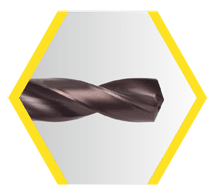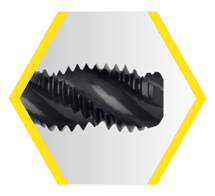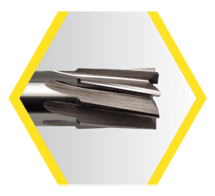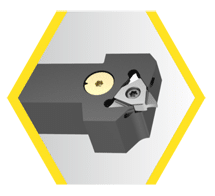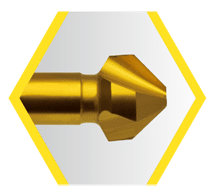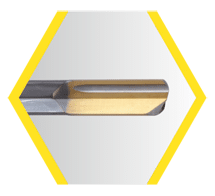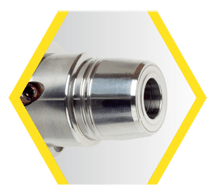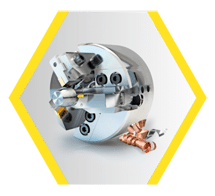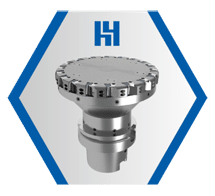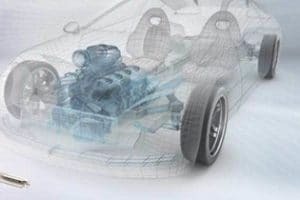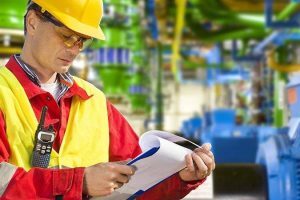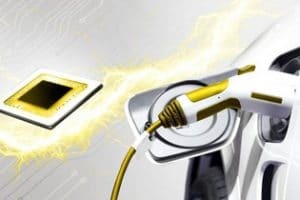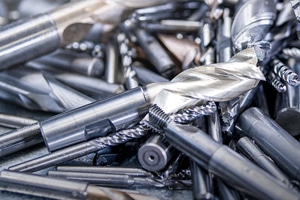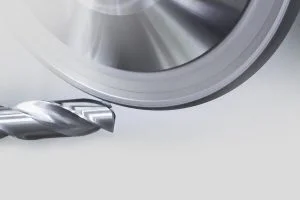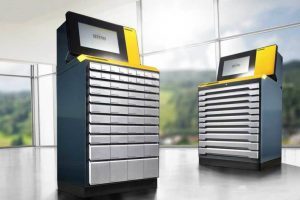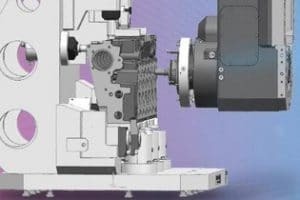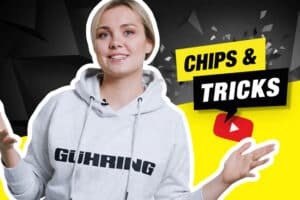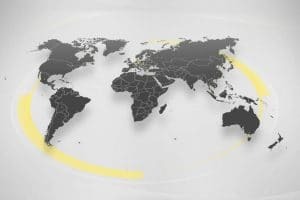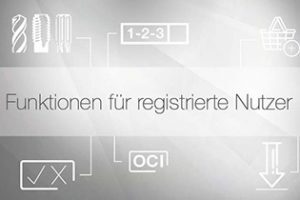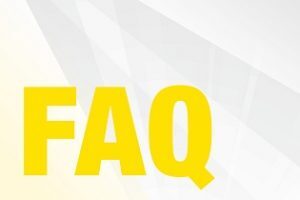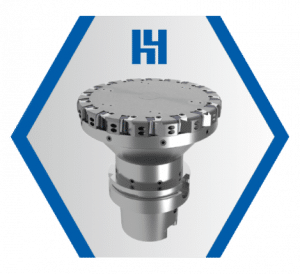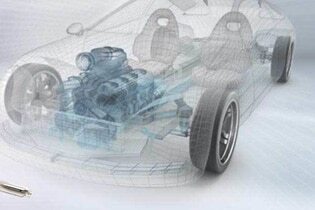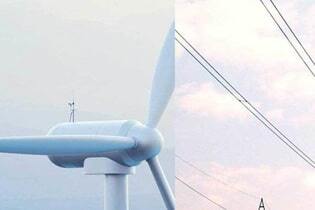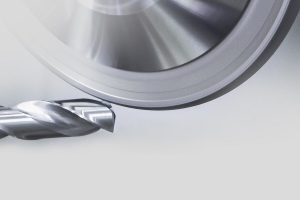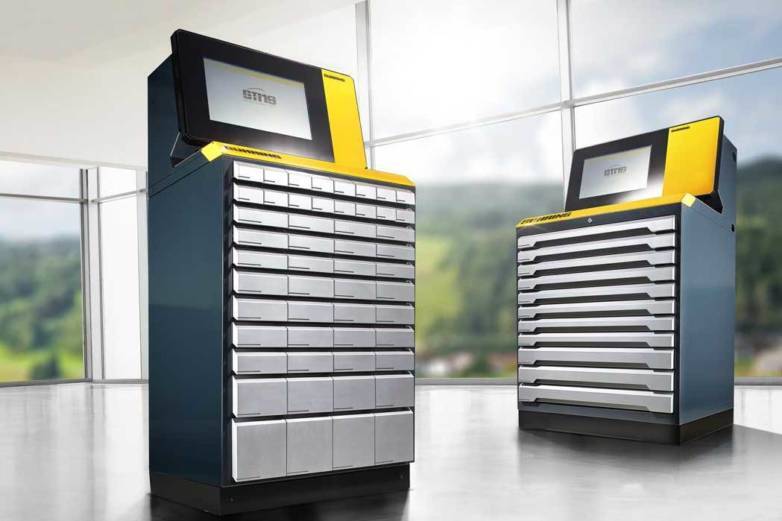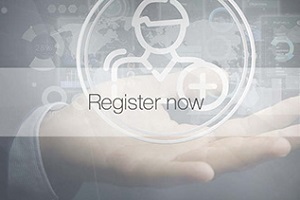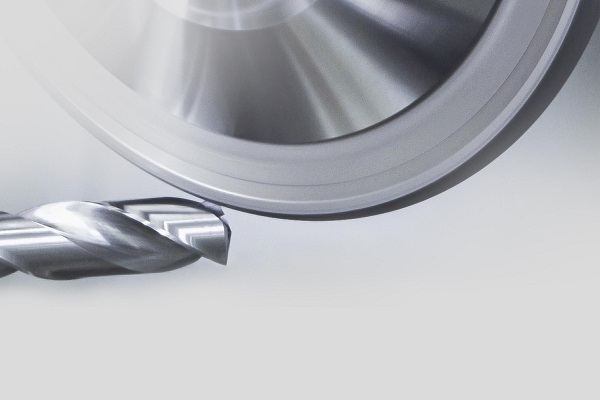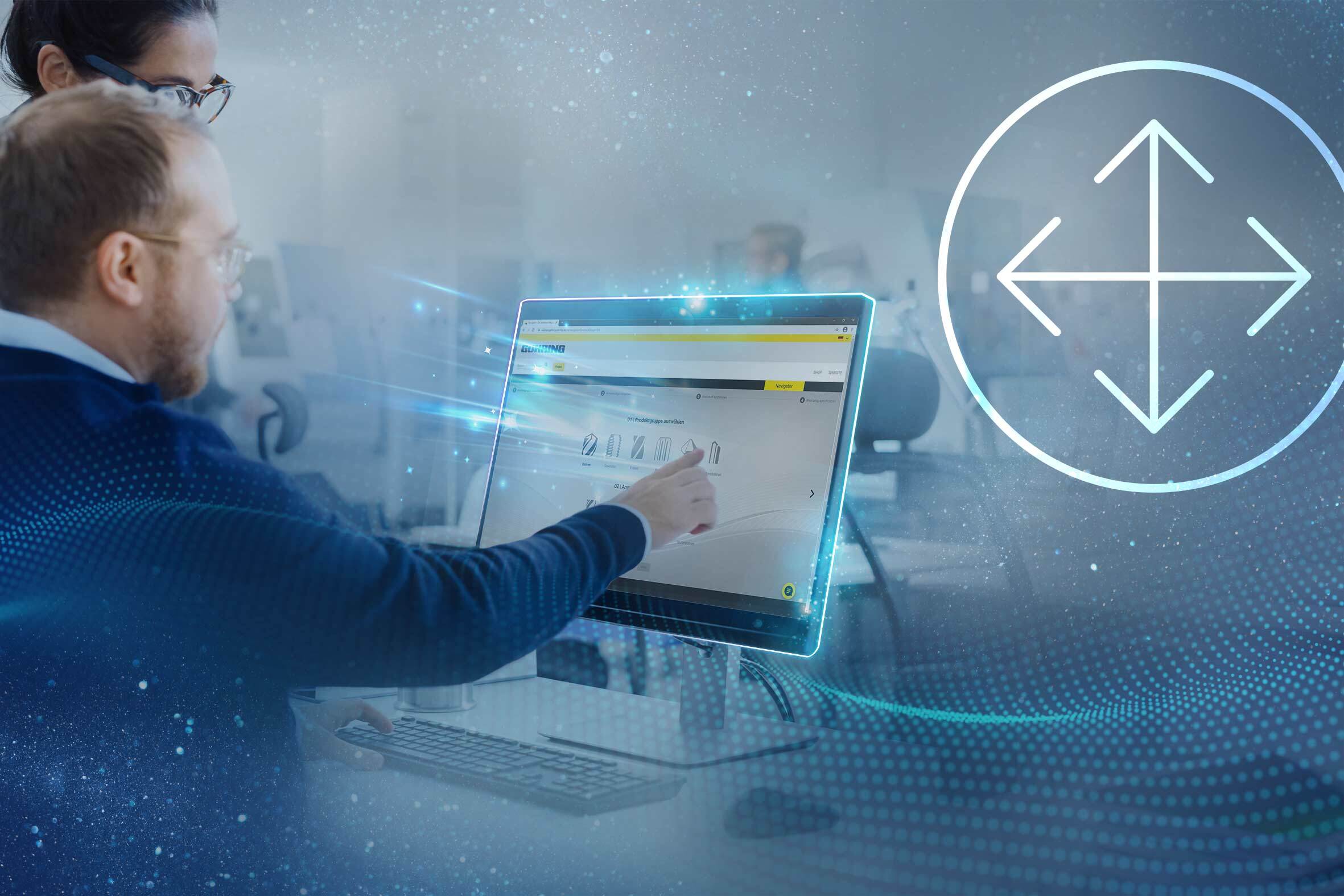Welcome to Gühring
What do you want to do today?
Our service for you
Gühring: Tool manufacturer with service guarantee
Your success is our mission
Gühring is one of the world’s leading manufacturers of rotating tools for metal processing. We produce over 5,000 different types of tools and more than 100,000 different items. Every year, more than 500 original equipment projects are undertaken according to the individual requirements of our customers.
As a tool manufacturer, we combine all the necessary expertise under one roof: From in-house mechanical engineering to the production of our own carbide to the development of new coatings. Within a century, Gühring has developed from a twist drill manufacturer to a full-service provider in the field of machining.
What sets us apart from other providers
Products
Subsidiaries worldwide
Sales representatives
around the globe
Tonnes of carbide/year
News
Efficiency without compromise: Solid carbide circular milling cutters for smooth slotting and grooving
Gühring is adding a powerful solid carbide circular milling cutter to its grooving tool range. The tool not only scores with perfect surface qualities and long tool lives, but also impresses with significantly smoother running compared to the competition. For maximum cost-effectiveness when milling slots and internal contours.
Strong in steel & reliable in process High-performance taps for the energy industry
Large components, special thread solutions and tight tolerances – the challenges in the energy industry place the highest demands on machining. With the Energy tap, Gühring is launching an industry specialist that produces demanding threads.
System 208: Precision and process reliability for sliding head turning technology
With the new System 208, Gühring is launching a grooving system that has been specially developed for sliding headstock lathes. It specifically meet the requirements for machining complex micro-turned parts.
Cutting
Precision machining – that’s what Gühring stands for. With our tools, we are one of the world’s leading manufacturers in the field of metal machining.
What is cutting?
Cutting tools have one or more wedge-shaped cutting edges. These penetrate the material through force and produce swarf. The more force exerted on the cutting edge, the deeper it penetrates.
What are clearance angles, wedge angles and cutting angles?
The angles between the workpiece and the cutting edge influence the machining process and vary depending on the material to be machined.
The clearance angle is necessary for the tool to cut. The harder the material, the smaller the clearance angle should be.
The wedge angle affects the cutting force. If it is large, this results in a stable cutting edge but also higher cutting forces. A cutting edge with a small wedge angle, on the other hand, is sharper and more unstable.
The cutting angle determines how the swarf is removed. When machining soft, long-chipping materials, the machinist chooses a large cutting angle.
Manufacturing processes
| Manufacturing process main group | Subgroup (technology) |
|---|---|
| Manufacturing processes for primary shaping | Casting, 3D printing |
| Manufacturing processes for reforging | Rolling, forging, extruding |
| Manufacturing processes for separating | Cutting, drilling, milling |
| Manufacturing processes for joining | Soldering, welding |
| Manufacturing processes for coating | Painting, powder coating |
| Manufacturing process: material properties | Sintering, freezing, irradiation |
What is a machining manufacturing process?
When machining, the machinist can process the workpiece very precisely. Cutting tools from Gühring are therefore primarily used where perfect surfaces are required: in the automotive industry, aerospace and mechanical engineering.
Metalworking
Metal working plays a major role in machining technology because many parts for machines and constructions are made of metal and have to be machined. In the field of metal working there are two options: Cutting processes, such as milling and drilling, and non-cutting processes including casting and punching as examples.
Metal working places particularly high demands on machines. For this reason, Gühring tools can be used on state-of-the-art lathes and are particularly suitable for CNC metal working.
With customers. For customers.
In BEST PRACTICE 2025, you can read genuine success stories from the field as well as machining tips, tool recommendations and cutting data for your manufacturing success.
Simply register – and you will receive this machining guide directly and free of charge for download!


